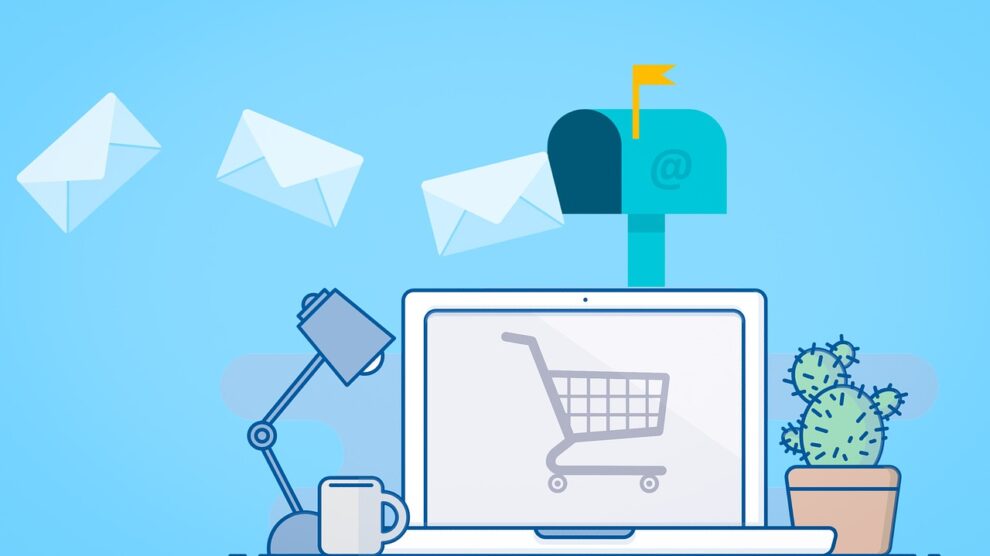Email newsletters are one of the easiest ways to stay top-of-mind in a busy digital marketing landscape. They give you the opportunity to share stories, news, and useful articles, and boost your brand awareness. Of course, they have to reach your subscribers first. How do you make sure they do? These actionable tips will help you improve deliverability and open rates – two goals every email marketer has.
What is an email newsletter?
It’s one of the most popular types of emails, but let’s see what it is exactly – and what it isn’t.
Whether you send it weekly, bi-monthly or monthly, your email newsletter should offer your audience helpful information. Think of it as a channel that supports your PR and content marketing efforts. Via email, you can distribute useful tips, thought-provoking opinions, and updates about your products and services.
The goal of your email newsletter is to create an active community of people who engage with your content. Although it can include a marketing offer, its goal isn’t to sell, but to build up trust and brand authority.
How to get your email newsletter in your subscribers’ inboxes
People spend a lot of time in their inboxes. According to an Adobe Email Consumer survey, they spend up to five hours a day checking their inboxes. So, how can you reach them where they hang out the most?
Paying attention to your email deliverability is vital to your engagement rates. Let’s dive in and talk about some simple things you can do to boost your inbox placement.
Remove invalid contacts
Take a quick look at your most recent email reports: how many bounces did you get? Did you continue to email those email addresses? Bad move.
Invalid contacts waste your email marketing budget in two ways:
- first, they bounce and that means you pay to send emails to no one at all.
- also, they tarnish your sender reputation, and that, in turn, causes your emails to land in people’s spam folder.
If you have any invalid addresses in your list right now, consider removing them before you send out another email. Bonus tip: don’t let your bounce rate exceed the industry standard of 2%. Instead, validate your database as soon as you notice an increase in bounces.
How many spam complaints do you get?
Another important email marketing metric is your spam complaint rate. Internet Service Providers (ISPs) monitor it to understand what kind of sender you are. If people often mark your email newsletter as spam, it’s a sign your content needs some adjustment.
Start with fine-tuning your content strategy: how can you be more of help to your audience?
Also, let go of known complainers. Some email service providers isolate people who label you as spam and stop delivering your emails to them. Others don’t offer this feature, but you can always use an email verifier to prune out these risky contacts.
Sending your email newsletter to people who don’t want to engage with you is never a good idea. Spam complaints hurt your sender reputation and, eventually, cause your emails to land in the junk folder.
Ask subscribers to whitelist your address
This is a simple, cost-free tactic you can use right in your next email newsletter: simply ask your subscribers to whitelist your address.
What does this mean?
To whitelist an email address means to tell your email provider that you trust and like hearing form a certain sender. As a result, the next time that sender reaches out, their email should land in your inbox, not in the spam folder.
Depending on what email provider they use, your subscribers can either:
- add your email address to their contacts (Google, Yahoo)
- mark your emails “not spam” (Google)
- or add your email address to their “safe senders” (Outlook).
These simple gestures take less than a minute and increase your chances to boost open rates and build a more engaged community in the long run.
Send great content – every time
Let’s go back to the beginning of this article: your email newsletter is a way for you to connect with your audience and build trust. It’s not a place to sell – at least not directly – but to share useful knowledge, whether it comes from your blog or other sources.
How do you know what your subscribers find useful? By asking and listening to them. Send out a survey to learn more about their pain points, so you can offer solutions. Talk to them on social media, at conferences, on the phone – whenever you get a chance.
The more you get to know your subscribers, the better your content will be. Also, the higher your engagement! As a result, you’ll start building a good reputation, and nothing matters more when it comes to getting your emails in the inbox.
How often should you send your email newsletter?
It all depends on the type of business you have and the amount of content you’re able to create or curate.
Some brands send out a monthly newsletter – you can do the same if you currently lack the resources to email your list more often.
If your schedule allows you, a bi-monthly email newsletter is even better. However, for brands that are looking to boost their awareness faster, a weekly newsletter is ideal.
Of course, you can run some tests and see what works best for you. Once you fine-tune your frequency, though, stick to it and send your emails on the same day. Your subscribers will come to expect it, and that can also boost your open and click rates. Plus, it maintains your IP warm and supports better deliverability.





